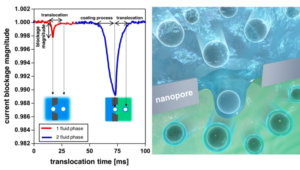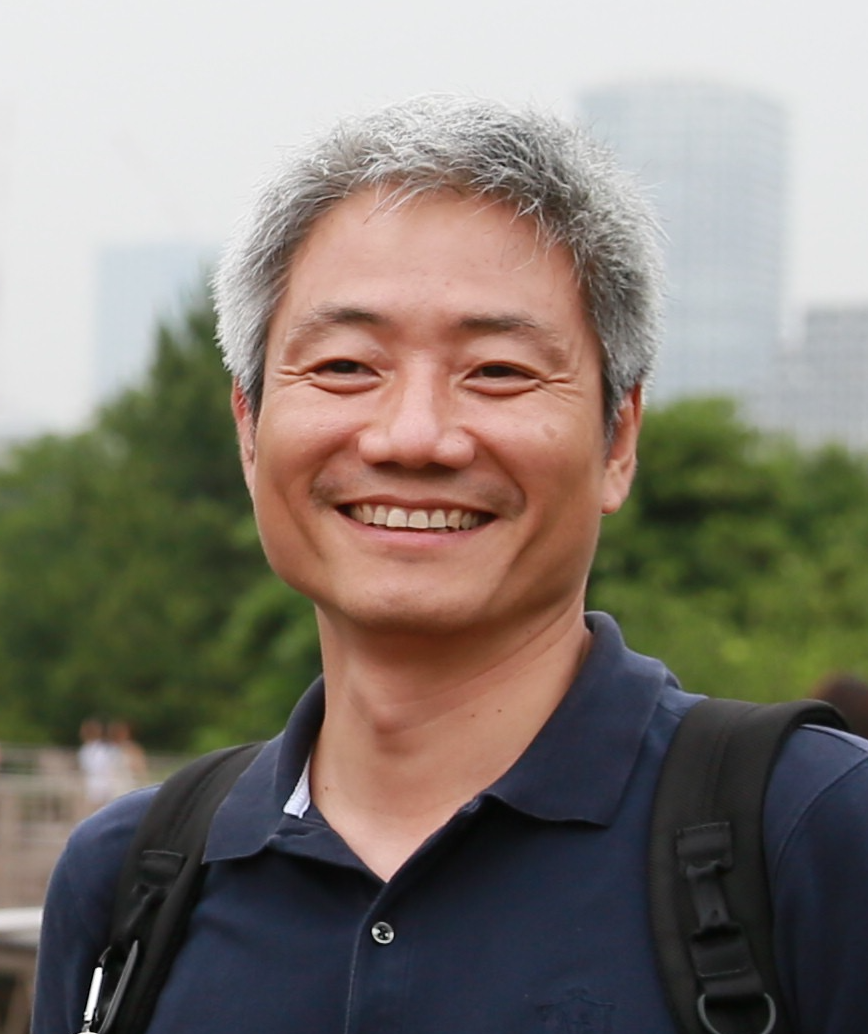Significance Statement
Nanofluidic resistive pulse sensing involves a mechanism whereby molecules in nanometric sizes and its features are measured by means of adjustable nanopores. This technique has been applied in biomedical applications such as drug delivery and sensing of molecular sized particles.
Despite their promising potential, they have certain shortcomings in terms of their undesirably small particle-to-pore volume ratio and short nanoparticle translocation time. In order to increase the efficiency of the nanofluidic resistive pulse sensing, these two problems must be overcome.
Various researchers have devised ways whereby the challenges facing this technique can be subsided. However, striking a balance between these two objectives still remains a challenge. Hence, it remains important to develop a technique whereby a balanced improvement on translocation signal and time is achieved.
A group of researchers from Korea Institute of Science and Technology and Korea University published an article in the journal, Small, with the aim of amplifying translocation signal and time in nanofluidic resistive pulse sensing with the aid of an immiscible aqueous two-phase system.
The aqueous two-phase system when compared with the conventional single-phase in a commercial resistive pulse sensing system exhibited a visible mechanism where the conformal coatings in the aqueous two-phase system aggregate on the nanometric sized particles after passing through nanopores of the two-phase interface. This led to a rise in translocation time and a resultant amplification of the translocation signal as a result of increase in the particle size.
Following the author’s provision of ideal conditions for amplifying the translocation signals with the two immiscible liquids at their respective interface, it became discovered that the resistive pulse sensing based on the aqueous two-phase system had higher values and enhancement for the signal-to-base ratio and translocation time compared to the conventional single-phase system.
The use of the aqueous two-phase system in the commercial resistive pulse sensing system enabled the detection of smaller nanometric sized particles compared with the conventional single-phase fluid as a result of amplified translocation signal and elongated translocation time.
The derived conformal coating thickness from the signal-to-base ratio indicated good correlations with the scaling analysis and as a result, the use of the aqueous two-phase system could be extended to other resistive pulse sensing systems.
The authors were able to develop for the first-time a technique whereby the two challenges facing the nanofluidic resistive pulse sensing are equally solved without changes in nanopores.

Reference
Lee, S.J.1,2, Kang, J.Y.2, Choi, W.1, Kwak, R.2 Nanopore Sensing in Aqueous Two-Phase System: Simultaneous Enhancement of Signal and Translocation Time via Conformal Coating, Small 13 (2017) 1601725.
[expand title=”Show Affiliations”]1.School of Mechanical Engineering, Korea University, Seoul, 136-701, Republic of Korea
2.Center for BioMicrosystems, Korea Institute of Science and Technology, Seoul, 136-791, Republic of Korea.
[/expand]Go To Small
 Advances in Engineering Advances in Engineering features breaking research judged by Advances in Engineering advisory team to be of key importance in the Engineering field. Papers are selected from over 10,000 published each week from most peer reviewed journals.
Advances in Engineering Advances in Engineering features breaking research judged by Advances in Engineering advisory team to be of key importance in the Engineering field. Papers are selected from over 10,000 published each week from most peer reviewed journals.





